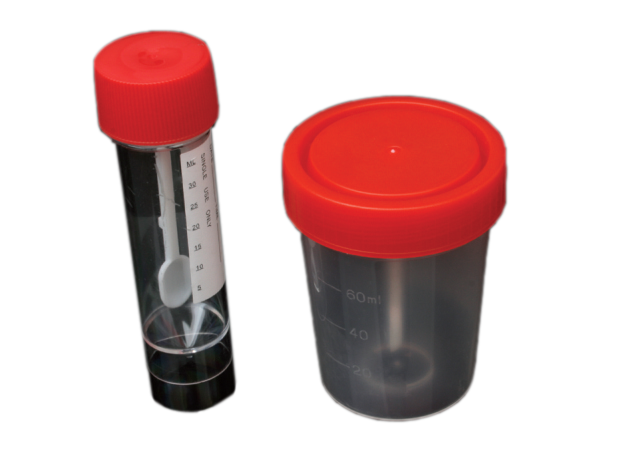
Feces Container
A Feces Container is a small, usually plastic receptacle used to collect and contain feces. Most FCTs have a lid to prevent spillage and leakage, and many have a built-in handle for easy carrying. Some models also include an airtight seal to keep contents fresh.
| Ref. No.: | Volume: | Description: | Qty.Cs: |
|---|---|---|---|
| NMU240211 | 60Ml | Red cover snap | 600 |
| NMU240212 | 30ml | Red cover screw cap | 600 |
A Feces Container is a small, usually plastic receptacle used to collect and contain feces. Most FCTs have a lid to prevent spillage and leakage, and many have a built-in handle for easy carrying. Some models also include an airtight seal to keep contents fresh.
There are many different types of Feces Containers (FCTs) available on the market. Here is a list of some of the most popular types:
1. Disposable Feces Bags: These are usually made from biodegradable plastic and can be thrown away after use. They are very convenient and easy to use, but can be quite expensive.
2. Reusable Feces Bags: These are also made from biodegradable plastic and can be washed and reused multiple times. They are a more economical option, but can be more difficult to use than disposable bags.
3. Compostable Feces Bags: These bags are made from materials that will break down in a composting system. They are a great eco-friendly option, but may not be as convenient or easy to use as other types of bags.
4. Diaper Liners: Diaper liners can be used in conjunction with any type of feces container. They make cleanup easier and help to keep your diaper pail clean.
5. Feces Pails: Feces pails are designed to contain feces until it can be disposed of properly. Some pails come with liners, while others do not.
Assuming you are referring to the FCT mentioned in the blog article: The FCT is an easy-to-use feces container that can be used by anyone, anywhere. It is a simple and innovative way to store and dispose of your feces. The FCT is made of durable materials and can be used for any type of feces. It is also leak-proof and can be easily cleaned. Here are some tips on how to use the FCT:
1. Place the FCT on a flat surface before using it.
2. Open the lid of the FCT and place your feces inside the container.
3. Close the lid of the FCT tightly to prevent leakage.
4. When you are finished using the FCT, clean it with soap and water.
Appropriate usage of Feces Containers is very important for the health and safety of people using them. Here are some tips on how to use them correctly:
- Make sure that the container is big enough for all the feces that will be produced during use.
- Place the container in a location where it will not be stepped on or moved around.
- Cover the container when not in use to keep flies and other insects away from the feces.
- Wash your hands thoroughly after handling the feces or emptying the container.